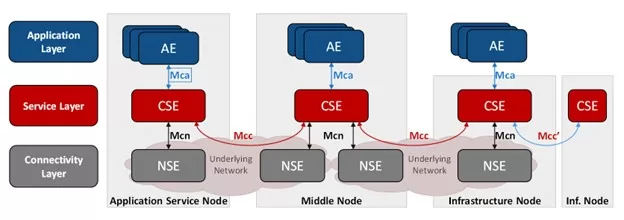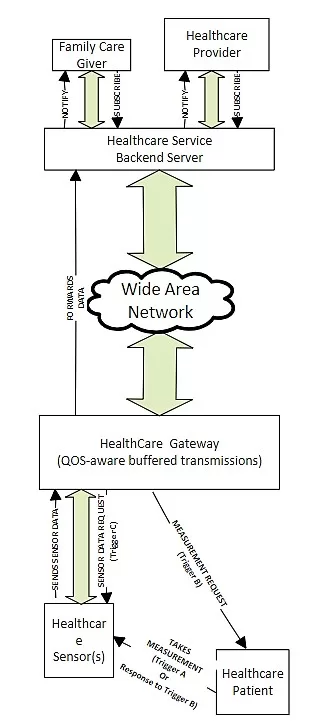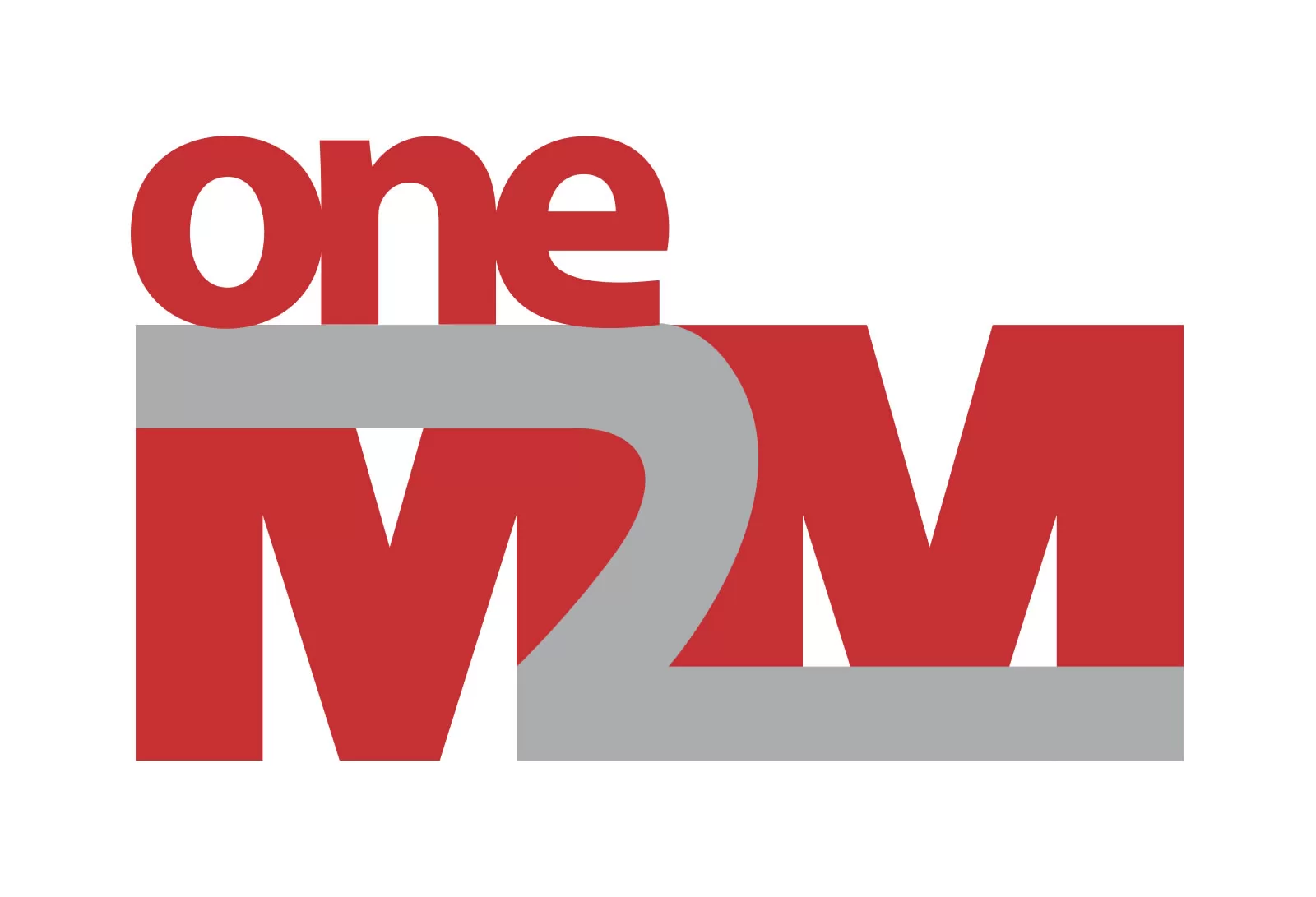Introduction
One of the primary challenges in the IoT and M2M landscape is the fragmentation of technologies and standards. Different industries and applications often develop their own proprietary solutions, resulting in a lack of interoperability that hampers the seamless integration of devices and systems. This fragmentation not only increases development costs but also limits the potential for large-scale deployment and innovation.
To address these challenges, oneM2M was established as a global initiative aimed at creating a universal standard for IoT and M2M communications. Formed in 2012 by eight of the world’s leading standards development organizations (SDOs), including ETSI (Europe), ATIS (USA), and TTA (Korea), oneM2M seeks to provide a common framework that ensures interoperability across various IoT applications and devices.
The oneM2M standard defines a comprehensive service layer that sits between IoT devices and applications, providing a set of common service functions (CSFs) such as device management, data storage, and security. This horizontal architecture allows different devices and systems to communicate and interoperate seamlessly, irrespective of the underlying hardware or network protocols. By abstracting the complexity of connectivity and data exchange, oneM2M enables application developers to focus on creating innovative solutions without worrying about the intricacies of integration and interoperability.
Evolution and Objectives of oneM2M
The inception of oneM2M can be traced back to July 2012, when eight prominent standards development organizations (SDOs) from around the world, including ETSI (Europe), ATIS (USA), TTA (Korea), and others, joined forces to address the growing need for a unified standard in the rapidly expanding IoT and M2M landscape. These organizations recognized the challenges posed by fragmented technologies and the lack of interoperability, which were impeding the seamless integration and scalability of IoT solutions.
One of the significant milestones in the evolution of oneM2M was the release of its first standard in 2015. This initial release laid the foundation for a general-purpose, horizontal architecture designed to be used by IoT platform operators and service providers. The standard provided a comprehensive framework that could support a wide range of IoT applications across different industries.
In subsequent years, oneM2M continued to evolve with additional releases that incorporated feedback from early adopters and advancements in technology. Release 2, issued in 2016, introduced enhanced features and extended the capabilities of the oneM2M framework, making it more robust and versatile. This continuous development process ensured that oneM2M remained relevant and capable of addressing the dynamic requirements of the IoT ecosystem.
Technical Architecture of oneM2M
The technical architecture of oneM2M is designed to create a flexible, scalable, and interoperable framework that supports the vast array of IoT and M2M applications. The architecture follows a layered approach, which simplifies the integration and interaction of different components within the IoT ecosystem. It consists of three primary layers:
- Application Layer
- Service Layer
- Network Layer
Application Layer
The Application Layer is where the end-user applications reside. These applications are implemented as Application Entities (AEs), which are responsible for specific IoT tasks such as data collection, device control, and interaction with other applications. The AEs interface with the Service Layer to utilize the common service functions provided by oneM2M.
Key Functions of the Application Layer:
- Data Collection: Gathering data from sensors and devices.
- Device Control: Sending commands to actuators and other devices.
- User Interface: Providing interaction mechanisms for end-users.
Service Layer
The Service Layer, which is the core of the oneM2M architecture, provides a set of Common Service Functions (CSFs) that are accessible to the applications through standardized APIs. This layer acts as a middleware, ensuring interoperability and efficient communication between various IoT devices and applications. Common Service Functions (CSFs) Include:
- Device Management: Handling the lifecycle of devices, including registration, configuration, and maintenance.
- Data Management and Repository: Storing and managing data collected from devices.
- Security: Implementing authentication, authorization, and data encryption to protect the integrity and privacy of data.
- Communication Management and Delivery Handling: Managing the communication between devices and applications, including message routing and protocol adaptation.
The CSFs can be deployed on different nodes, such as gateways, servers, or cloud platforms, depending on the deployment scenario and requirements.
Network Layer
The Network Layer is responsible for the connectivity and communication between IoT devices and the Service Layer. It abstracts the underlying network technologies, allowing for a seamless interaction irrespective of the specific protocols or standards used by the devices.
OneM2M Reference Points
The oneM2M architecture defines several reference points to facilitate the interaction between different components:
- Mca: Between Application Entities and Common Service Entities.
- Mcc: Between Common Service Entities in different nodes.
- Mcn: Between Common Service Entities and Network Service Entities.
These reference points are crucial for maintaining interoperability and ensuring that different components can communicate effectively.

Example of Applications in Healthcare
OneM2M has significant applications in healthcare, particularly in remote patient monitoring and telemedicine. The standard ensures secure and reliable communication between medical devices, healthcare providers, and patients.
This use case illustrates how sensor data from patients can be efficiently transported to backend servers, facilitating real-time monitoring and bidirectional communication between healthcare providers and patients.

Figure 1: Healthcare Mesurement Use Case
The process begins with healthcare sensors collecting data from patients, which is then transmitted to a local healthcare gateway. This gateway, equipped with quality-of-service (QoS) features, processes and forwards the data to a backend server via a wide area network (WAN). The backend server hosts applications that analyze the data and provide insights to healthcare providers and caregivers.
Data Flow Steps:
- Data Collection: Sensors collect health data from the patient, which can be triggered by the patient or automatically by the gateway.
- Transmission to Gateway: The healthcare gateway receives the data, which may be sent immediately or buffered based on QoS policies.
- Forwarding to Backend Server: The gateway forwards the data to the backend server. If the data is buffered, it is aggregated before transmission to optimize network usage.
- Backend Processing: The backend server processes the data, making it available to healthcare providers and caregivers through notifications and dashboards.
As illustrated in this example, this use case exemplifies the potential of oneM2M standards to drive innovation and improve outcomes in healthcare services.
Future Directions
To address these challenges and further enhance the capabilities of oneM2M, several future directions and innovations are being explored.
- Advanced Interoperability Solutions: Efforts are ongoing to develop more sophisticated interoperability solutions that simplify the integration of legacy systems with oneM2M-compliant devices. Standardized interfaces and middleware solutions can facilitate smoother transitions and enhance the compatibility of diverse IoT platforms.
- Enhanced Scalability Techniques: Research into advanced scalability techniques, such as distributed computing and edge intelligence, can help manage the increasing complexity of large IoT networks. Implementing decentralized processing and storage capabilities at the edge can reduce the load on central servers and improve overall system efficiency.
- Strengthening Security Measures: Continuous advancements in security technologies, including quantum cryptography and AI-driven threat detection, can bolster the security framework of oneM2M. Implementing these cutting-edge technologies can help safeguard IoT networks against emerging cyber threats.
- Harmonizing Global Standards: Collaborative efforts among international standards organizations are essential to harmonize regulatory standards and ensure that oneM2M solutions can be deployed globally. This collaboration can help create a more unified regulatory framework that supports the widespread adoption of IoT technologies.
- Cost-Effective Implementation Strategies: Developing cost-effective implementation strategies, such as open-source solutions and scalable subscription models, can make oneM2M adoption more accessible to SMEs. These strategies can lower the barrier to entry and encourage broader participation in the IoT ecosystem.
- Integration with Emerging Technologies: Integrating oneM2M with emerging technologies such as 5G, artificial intelligence, and blockchain can unlock new capabilities and applications. For example, the low latency and high bandwidth of 5G can enhance real-time IoT applications, while blockchain can provide additional layers of security and transparency for IoT transactions.
- Focus on Sustainability: As the environmental impact of technology becomes a growing concern, future developments in oneM2M should prioritize sustainability. Energy-efficient protocols and the use of renewable energy sources in IoT deployments can contribute to more sustainable and eco-friendlier IoT solutions.
Conclusion
While oneM2M offers a robust framework for enhancing IoT and M2M technologies, addressing the current challenges is crucial for its continued success and widespread adoption.
oneM2M’s layered architecture, comprising Application, Service, and Network layers, ensures flexible, scalable, and secure integration within the IoT ecosystem. By providing common service functions like device management, data storage, and security, oneM2M simplifies the development and deployment of innovative IoT solutions. The standard’s ongoing evolution, driven by feedback and technological advancements, ensures its continued relevance and effectiveness.
In practical terms, oneM2M has proven its value in various domains, such as healthcare, where it enhances remote patient monitoring and telemedicine through reliable and secure data communication. Future directions for oneM2M include advanced interoperability solutions, enhanced scalability techniques, strengthened security measures, and integration with emerging technologies like 5G and blockchain.
By addressing these challenges and embracing future innovations, oneM2M stands poised to drive the next wave of IoT advancements, fostering a more connected and efficient world.
References
- TR-M2M-0001v0.0.5, “oneM2M Technical Report”, THE TELECOMMUNICATION TECHNOLOGY COMMITTEE.
- oneM2M White Paper, “How oneM2M is Enabling More Sustainable IoT Deployments”, 2023
- K. Datta et al. “oneM2M Architecture Based User Centric IoT Application Development”, 3rd International Conference on Future Internet of Things and Cloud, 2015

